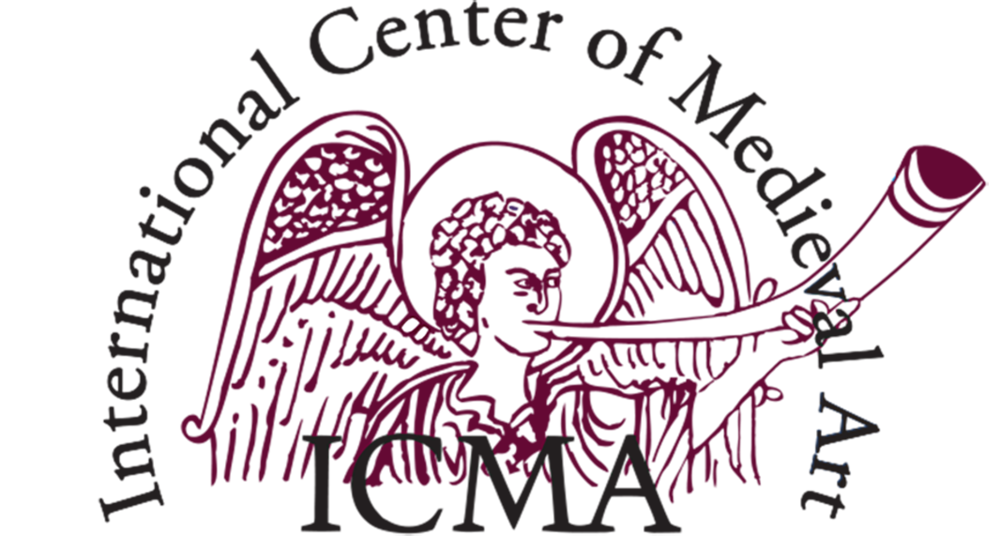MENORA UND SIEBENARMIGER LEUCHTER. JÜDISCHE UND CHRISTLICHE MANIFESTATIONEN IN MITTELALTER UND FRÜHER NEUZEIT.
INTERNATIONALE UND INTERDISZIPLINÄRE TAGUNG
THE MENORAH AND THE SEVEN-BRANCHED CANDELABRUM. JEWISH AND CHRISTIAN MANIFESTATIONS IN THE MEDIEVAL AND EARLY MODERN PERIODS
INTERNATIONAL AND INTERDISCIPLINARY CONFERENCE
10.11.2022 BIS 12.11.2022
10.11.2022 - 9:30-20:00 CET (3:30-14:00 ET)
10.12.2022 - 9:00-20:00 CET (3:00-14:00 ET)
10.13.2022 - 9:00-12:30 CET (3:00-6:30 ET)
SFB 1391/A6 UND INSTITUT FÜR KUNSTGESCHICHTE, EBERHARD KARLS UNIVERSITÄT TÜBINGEN, 10.11.-12.11.2022
ALTE AULA (TÜBINGEN) UND ONLINE
Arch of Titus, 81 CE, plaster cast © TijsB, Wikimedia Commons
Sowohl in der jüdischen als auch in der christlichen Tradition spielt die Menora als ikonisches Artefakt eine wichtige Rolle in Kunst und Denken des Mittelalters und der Frühen Neuzeit. Als Ausstattungselement der Stiftshütte wie des Salomonischen Tempels ist ihre herausragende Bedeutung für das religiöse und nationale Leben der Israeliten in der Hebräischen Bibel belegt. Nach der Zerstörung des Tempels wurde sie zum Symbol des jüdischen Volkes schlechthin — sowohl im Land Israel als auch in der Diaspora. In christlicher Vorstellung hingegen waren Stiftshütte und Tempel Präfigurationen der Kirche, weswegen die Menora auch in der christlichen Exegese und Darstellungstradition eine wichtige Rolle spielt. Seit karolingischer Zeit wurden siebenarmige Leuchter aus Bronze oder Messing in Kirchen aufgestellt, sodass Fragen nach ihrer räumlichen Ästhetik, ihrer liturgischen und performativen Funktion sowie nach der "christlichen Menora" als Adaption oder Appropriation aufgeworfen werden.
In both Jewish and Christian traditions, the Menorah plays a prominent role as an iconic artefact in medieval and early modern art and thought. As an implement of the Tabernacle as well as of Solomon’s Temple, its outstanding importance in the religious and national life of the Israelites is evident in the Hebrew Bible. After the destruction of the Temple, it became the quintessential symbol of the Jewish people—both in the Land of Israel and throughout the Diaspora. Christians, for their part, regarded the Tabernacle and Temple as prefigurations of the Church; the Menorah thus figures prominently in Christian exegesis and iconography as well. Beginning in Carolingian times, seven-branched candelabra made of bronze or brass were placed in churches. The instal- lation of such artefacts raises questions about their spatial aesthetics and liturgical and performative func- tions as well as about the “Christian Menorah” as adaption or appropriation.
An international, interdisciplinary conference in Tübingen aims to shed light on Jewish and Christian traditions by bringing them into direct dialogue. The conference is the outcome of a research project on “Seven-branched Candelabra in Churches: Semantics – Contexts – Prac- tices” (“Siebenarmige Kandelaber in Kirchen: Semantik – Kontexte – Praktiken“) within the DFG-funded Collabo- rative Research Centre “Different Aesthetics” (SFB 1391 “Andere Ästhetik”).
Eberhard Karls Universität Tübingen Philosophische Fakultät
Keplerstraße 17∙72074 Tübingen
Telefon +49 7071 29-74230 https://uni-tuebingen.de/de/159334 https://www.facebook.com/AndereAesthetik/
International and interdisciplinary conference organized by: Andrea Worm (andrea.worm@uni-tuebingen.de)
Registration is requested (free of charge): sekretariat-khi@uni-tuebingen.de
The access information for Zoom will be sent to you after registration; it will also be announced on our website in due time. Please consult:

